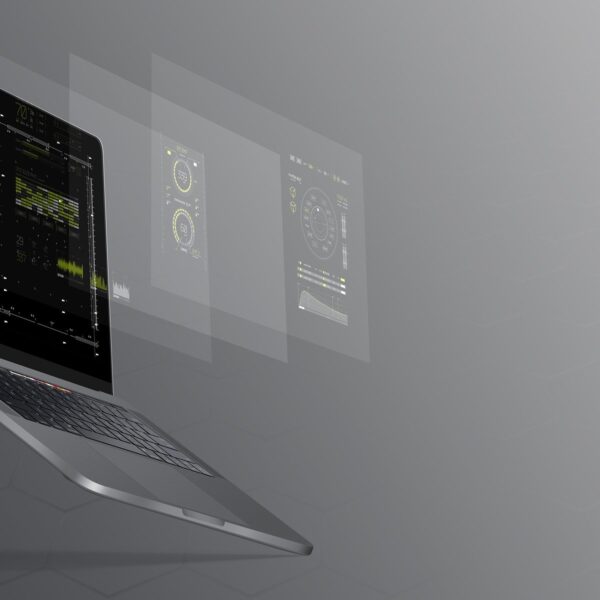The first commercially mass-produced computer, the UNIVAC I, weighed a staggering 16,000 pounds, according to an article on History. UNIVAC I also employed 5,000 vacuum tubes and performed about 1,000 calculations every second. This mighty beast hit the mainstream when it correctly predicted Dwight D. Eisenhower would win in an unexpected landslide victory.
Today’s computers and devices are a far cry from the 16,000 pound UNIVAC from 1951. Now, thin is in. Smartphones, tablets and laptops keep getting smaller, lighter and faster than ever before. Here’s a look at some of the pros and cons of going ultra thin in today’s digital world.
Weight
Laptops have been getting thinner since Apple introduced the Mac Air to an eager public almost a decade ago. The new 12-inch Macbook is 0.51 inches at its thickest point and weighs only 2 pounds. Apple’s competitors quickly followed suit, and Dell released the XPS 13, which weighed in at just 2.8 pounds. Despite its weight, this laptop still comes with Intel HD Graphics 5500 and 8GB of RAM. Meanwhile, the Asus ZenBook UX305 is just 2.6 pounds and ultra thin.
Reducing the weight of laptops and tablets has made our lives more convenient and has probably saved our backs from loaded down computer bags. We have more freedom now that we’ve ditched heavy laptops and can take our work and play anywhere we go.
Speed
Using a thin device without speed would be pointless. When we slip out a thin tablet, we expect it to boot up and work quickly while uploading videos, snapping photos and watching movies. The iPad Air 2 is only 6.1mm thick — it’s so thin that Macworld claims they slipped it under the door to their photography studio just to see if it would work. But despite its incredibly thin frame, the iPad Air 2 proves to be lightning fast, even after extensive use.
Design
In the past, design was all about functionality. But today’s leaders, like Apple and Samsung, are also focusing on design innovation. This can be seen in curved screens, bendable frames, waterproof functionality and a thin aesthetic. For example, Samsung’s A8 is its thinnest smartphone at just 5.9mm. A metal body holds a 3,050mAh battery and a 16-megapixel camera. It doesn’t lack the latest technology, like a fingerprint sensor, either. For now, the phone is only for sale in China where thin devices seem to be the most popular.
Durability
With all the benefits of thin devices, there are some downsides. For instance, many have a fragile feeling about them. Shaving off a few millimeters may barely be noticeable to the casual bystander, but loyal fans can see and feel the difference. The constant thinning of smartphones, tablets and laptops may make our bags lighter and airier, but they may not necessarily hold up to bangs and bruises.
Hardware
As our technology gets slimmer, there are bound to be some issues with the hardware. Some smartphones are losing their audio headphone ports in favor of a smaller overall frame. Heat can also be an issue as the frames to our devices are no longer thick enough to deflect heat. It’s not uncommon to hold an ultra-thin smartphone and feel the heat creeping onto your hand after heavy use. Thinner devices also mean employing new screens, such as quad HD screens, that are prone to draining away power.




Like this article? Share with your friends!